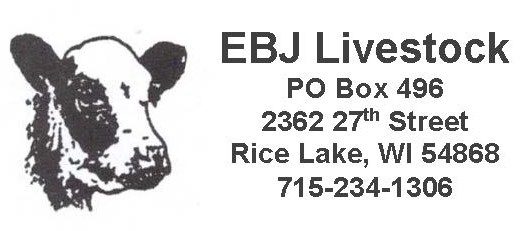Newly weaned calves are faced with the stress of separation from the cow, deprivation of feed and water during transportation, and adaptation to the feedlot environment.
As feedlot managers and cattle feeders, implementing low-stress management practices to ensure this is a smooth transition for incoming calves becomes a major priority.
Whether calves are being introduced into a backgrounding or finishing program, starting them off on the right foot in terms of health and nutrition can prevent subsequent increases in production costs.
Water
Considering water intake heavily influences feed intake, calves should have unlimited access to clean water. Some calves have only drunk water from ponds or tanks, so they will not recognize automatic or ball waterers. Allow water to overflow or use an open waterer to promote water intake.
Feed deliveries
Long-stem grass hay is a recognizable feedstuff to calves and should be placed in the bunks prior to arrival. Provide a mixed ration at 0.75 percent of bodyweight on a dry matter basis for the first day’s feed delivery and progressively work up to 2.5 percent of bodyweight within 14 to 28 days.
The amount of time it takes to reach the target intake will depend on the risk level and background of the calves.
However, reaching this target intake by day 28 is recommended whether calves are fed a series of step-up diets or program-fed the final diet. When transitioning from one step-up diet to the next, deliver the same pounds of dry matter as the previous day’s feed delivery.
Increasing the amount of feed delivered while making a diet switch can depress intake.
While underfeeding calves results in increased days on feed, overfeeding leads to increased incidences of acidosis and laminitis. In both instances, performance and cost of production are compromised. Delivering a consistent ration twice daily at the same time each day can help mitigate digestive upsets and maintain target feed intakes.
Diet composition
Since intakes are relatively low during the receiving phase, the diet should be formulated with palatable, high-quality feedstuffs that provide sufficient concentrations of required nutrients. Receiving diets should be low in starch and consist of highly digestible fiber sources.
Avoid feeding cheap feeds or byproducts that vary in composition. Inclusion of silage in receiving diets should be limited, as it is not a familiar feedstuff to calves and may lead to clostridia problems. Dietary crude protein levels should be around 13 percent. Calves do not tolerate non-protein nitrogen sources such as urea.
Plant protein sources such as soybean meal, canola meal or cottonseed meal are preferred. Vitamins and trace minerals, such as vitamins A and E, zinc and copper, play an important role in immune function and should be provided at appropriate levels for stressed calves.
Ionophores such as monensin (Rumensin) or lasalocid (Bovatec) can be used to prevent coccidiosis and should be included at the approved drug use level of 10 to 30 grams per ton of the diet.
Processing
With regards to transit time, allow calves to rest prior to processing. Stressed calves tend to be in a negative energy balance and have elevated cortisol levels. It is well known that vaccinating stressed calves results in a poor vaccine response. Practice low-stress cattle handling at all times and use working facilities appropriate for processing calves.
Consider delaying administration of implants until calves are on a steady plane of nutrition. Intake should then be at a more desirable level for supporting the increase in lean gain potential.
Conclusion
Developing a receiving protocol can help feedlot operations better prepare for incoming calves. Work closely with your nutritionist to ensure receiving diets meet the requirements of newly weaned calves. Not only is proper bunk management a key component for efficiently starting calves on feed, but also maintaining target intakes throughout the feeding period.
Management during the receiving phase should not be overlooked, as it sets the stage for long-term performance of cattle in the feedlot.
References omitted but are available upon request. Click here to email an editor.






.jpg?height=auto&t=1735664860&width=285)



